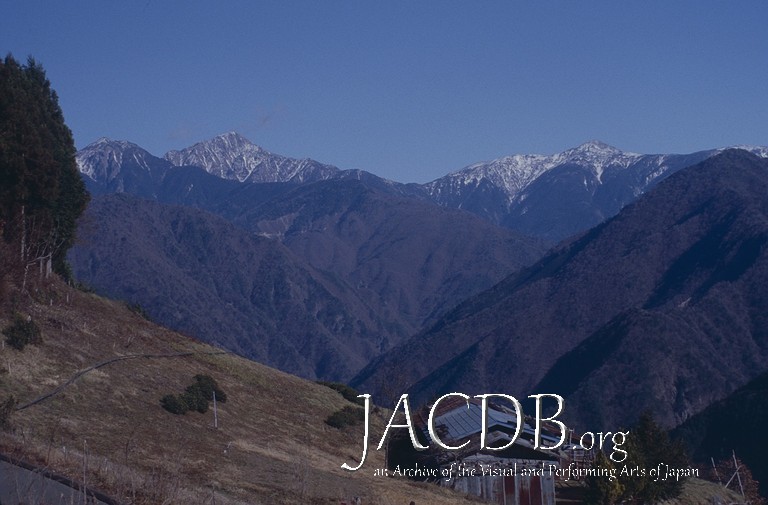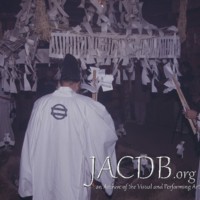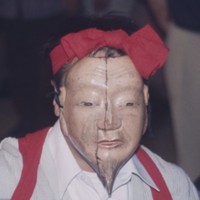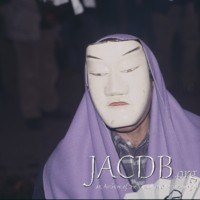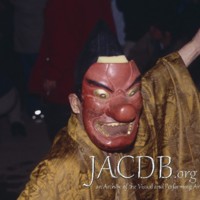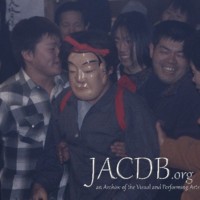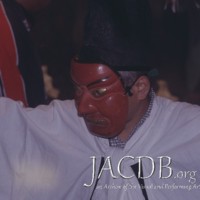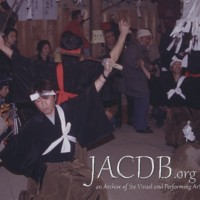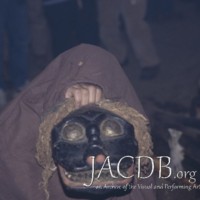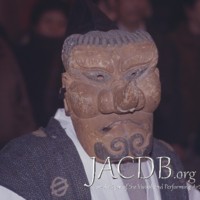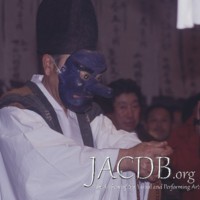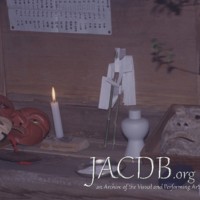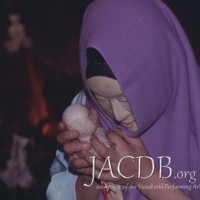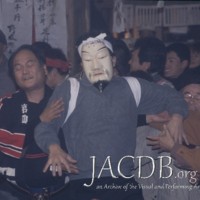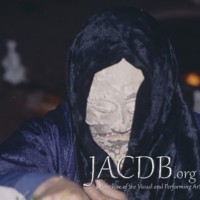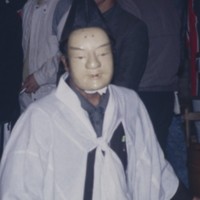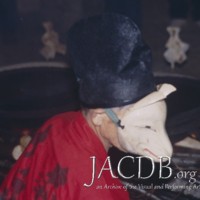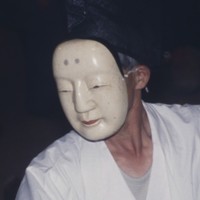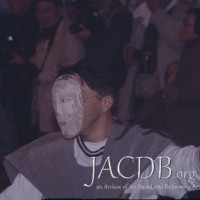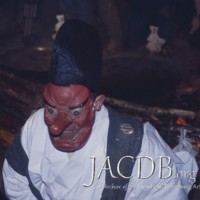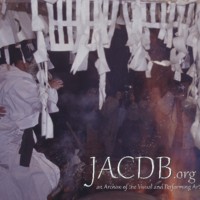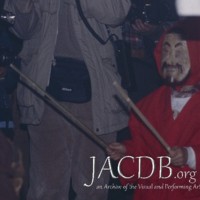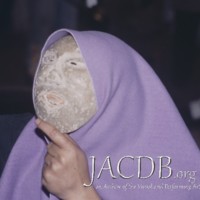Toyama Shimotsuki Matsuri : Shimoguri 1999
Shimoguri is located at a much higher elevation than any of the other Toyama Shimotsuki festival sites. From the hamlet there are excellent views of the Minami Alps, including the peak Hijiridake (3,013 m). This remoteness may account for the much stronger survival of Buddhist elements in the rituals and songs of Shimoguri’s festival compared to the others.
The present shape of the festival was also partly the product of turmoil in the community during late 19th and early 20th century history. Before that time the festival had always been held at the hamlet’s main shrine, the Jūgosha. In 1879, due to a dispute over mountain land rights, there was a split in the community. While the majority of inhabitants continued to celebrate the Shimotsuki festival at the Jūgosha, a minority group started up its own festival at the Tsushima Gozu Tennō shrine. This situation continued until the early1920s, when the rift between the two sides was finally healed.
At this point the separate Shimotsuki Matsuri at the Tsushima shrine ceased to be performed, but a number of its masks were incorporated into the Jūgosha festival. This explains the large number of masks that make their appearance at the festival today, as well as why certain gods are represented by more than one mask. This incorporation of a second set of masks also affected the structure of the festival, since certain ritual functions associated with the water and fire gods and with the shrine god, Tenpaku, are repeated.
The following is a selection of photographs documenting the Shimoguri Shimotsuki Matsuri as it was performed in December, 1999. The order of the photos corresponds to the temporal flow of the festival, but the selection is far from being comprehensive.

